This is the first year we’ve observed Western Solomon’s Seal on the property. It’s difficult to find some of the smaller specimens lurking amidst the Western Sword Ferns, Redwood Sorrel, Anemone and Trillium. Perhaps we simply overlooked it previously. However, many of the areas where it is emerging this spring were cleared of dense thickets of blackberry vines just before the winter rains set in.
Maianthemum racemosum ssp. amplexicaule (previously Smilacina racemosa) is a tall rhizomatous native perennial commonly found in shaded deciduous woodland, from California to British Columbia, and east to the Rockies. This Maianthemum subspecies (from the Greek maios, meaning May, and anthemon, meaning flower) is commonly known as Western or False Solomon’s Seal, or Feathery False Lily of the Valley.
This plant typically grows between 60-90 cm tall, with alternate, oblong-lanceolate leaves that range from 7-15 cm long and 3-6 cm broad, with subtle parallel veins.
The fragrant white flowers emerge in dense panicles at the terminus of each stem, unlike true Solomon’s Seal (Polygonatum) where the flowers form at each leaf axilla.
Maianthemum’s flowers consist of 6 tepals, 6 stamens, and a central pistil.
In late summer the flowers give way to clusters of red round berries that are apparently favored by wildlife. As such, between the deer and bunnies here, I wonder if we’ll ever see them. Although so far, miraculously, the plants seem untouched.
Native American uses of this subspecies include utilization by the Karok of the roots as a pediatric and dermatologic aid, and the Tewa are documented as eating the ripe berries. [1]
False Solomon’s Seal may be found in some native plant nurseries. Like true Solomon’s Seal, this plant prefers dappled light, tolerating more sun close to the coast, and moist, well-drained soils. I had tried to grow true Solomon’s Seal (Polygonatum) many years ago in a shade garden with very limited success. Our native species, however, seems to be thriving here this spring, and only demands that we admire it.
[1] Daniel E. Moerman’s Native American Ethnobotanical Database

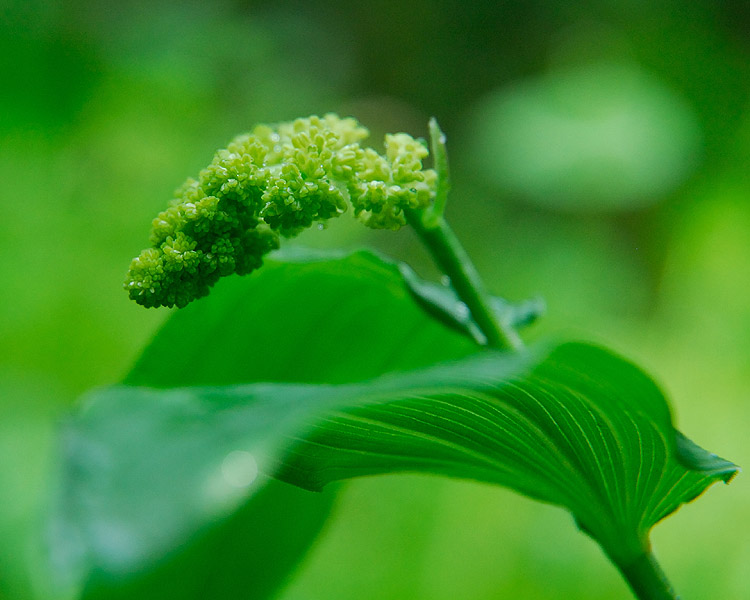

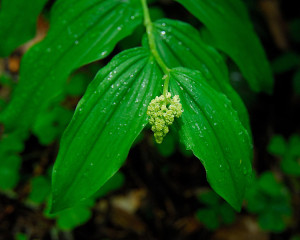
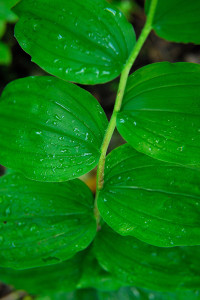
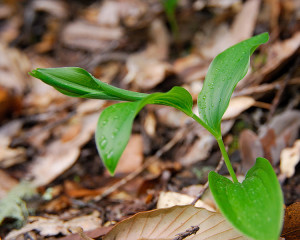
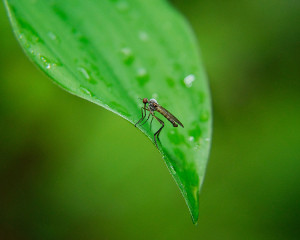

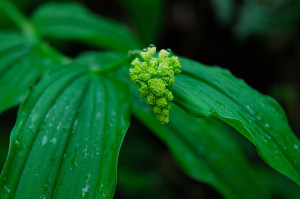

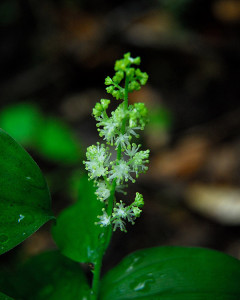
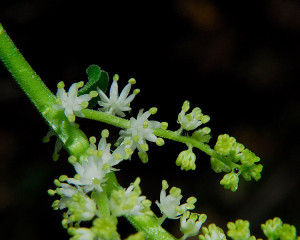
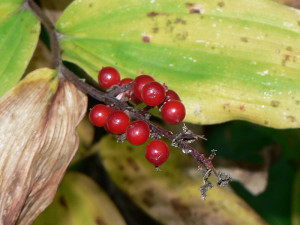







Here in the East we have this False Solomon’s Seal too… it runs in the field and forest. Interesting to learn about the Native Americans use of it.
.-= Carol´s last blog ..A Connection to Trees in a New England ‘Landscape Garden’ =-.
Carol, you’re right, Maianthemum racemosum does grow on the east coast, although the specific subspecies ‘amplexicaule’ only grows from the Pacific to the Rockies. Not sure what the differences are specifically, or if it’s been proven that there’s much genetic difference between the two.
I love it when my Smilacea and my Dicentra formosa suddenly come up out of nowhere in early spring! Now I’d just like to see some berries this year…
I’m not holding out much hope for berries either with our deer pressure. We’ve had a rogue gang of 5 does hanging out near the house. Right now I need to protect a Clintonia I just found growing here. A Clintonia half its size at the SF Flower & Garden show today was $50!!! If it survives the night, it will be fenced off by morning!
Now this I will definitely be looking for. I have true Solomon’s Seal which I love but it’s very slow growing. I’ve been wanting to add more natives under my evergreens and I love how this one looks.
.-= Catherine´s last blog ..First Fertilizer Friday of Spring! =-.
I would definitely try it Catherine. Polygonatum was a poor performer for me along the coast here. Painfully slow to grow or multiply. When I looked closely here, we seem to have a lot of it, and it’s doing very well. Although I’m sure our more wet winter has helped this year too. I found a lot more Trillium near these plants yesterday. Clearly the rain has encouraged some natives to be more prolific this year.
Clare, I love the Solomon’s seal (just now beginning to blossom) as well as the Trillium, trout lily (in full bloom)… all which naturalize on our hillside. Even the skunk cabbage is lovely… from a distance. 😉 Hope you have a wonderful weekend.
.-= Diana´s last blog ..Honey Bee Colony Update 2 =-.
I’ve seen more false solomon’s seal around our neighborhood this year than ever before, though it’s a reliably present wild flower along the dirt road I frequent. Must be all the wet weather. It is just gorgeous, and I enjoyed learning a bit more about it – including its new name – in your post. Thanks!
.-= Country Mouse´s last blog ..Propagation "Mid Term" =-.
I have never seen the false one before – I grow the true one though it certainly has taken its time at establishing itself in the garden. Sometimes the sawflies attack it and strip it.
I love a plant that has such few demands. I am always ready to admire a plant such as this one. I love the beautiful leaves.
.-= Noelle/azplantlady´s last blog ..Like a Kid in a Candy Store… =-.
Beautiful plant!